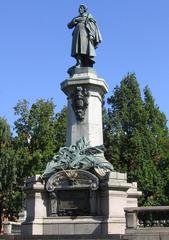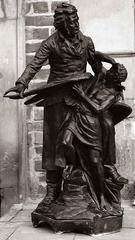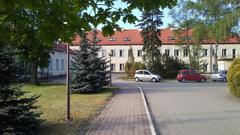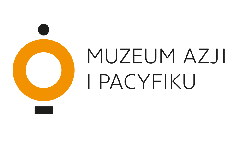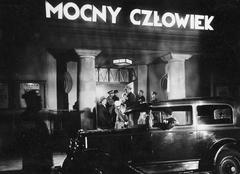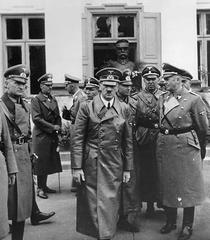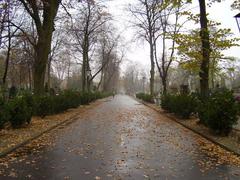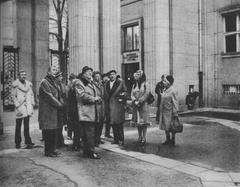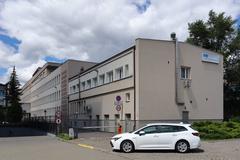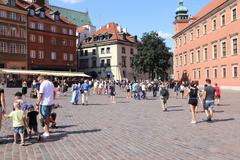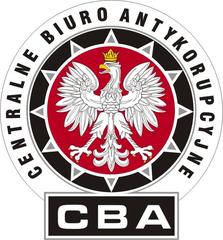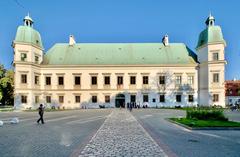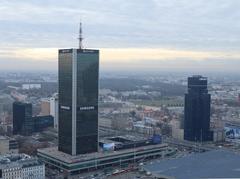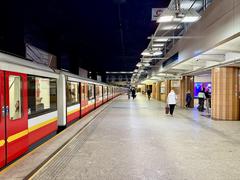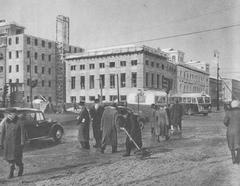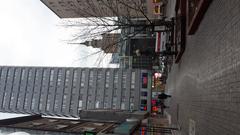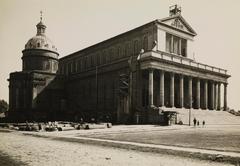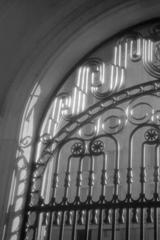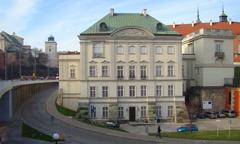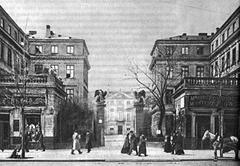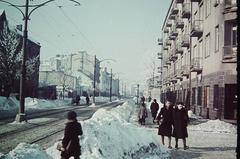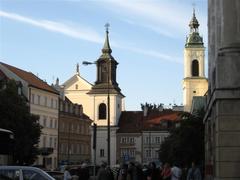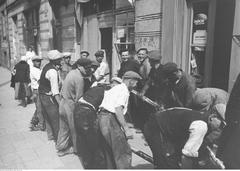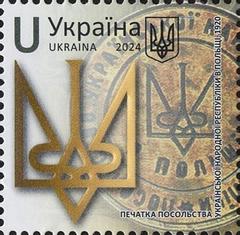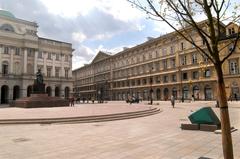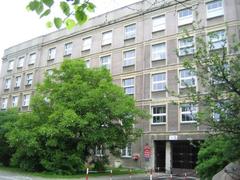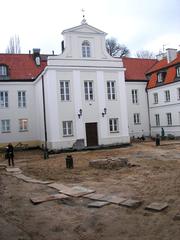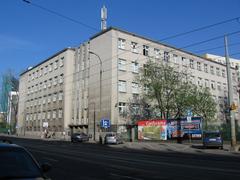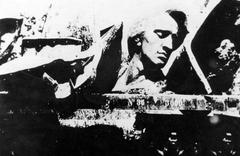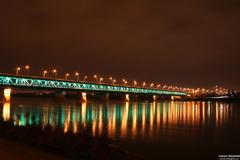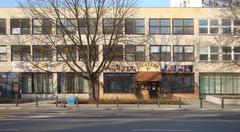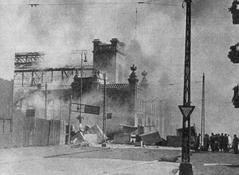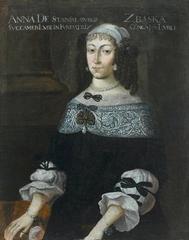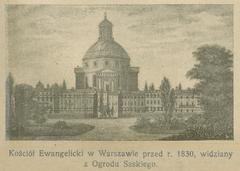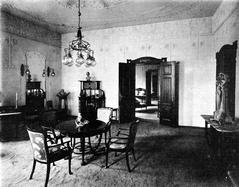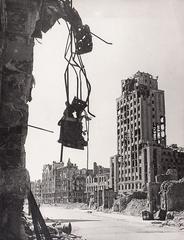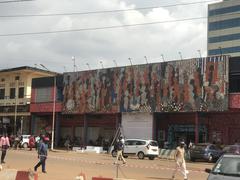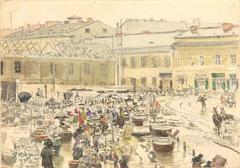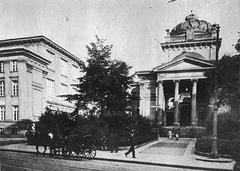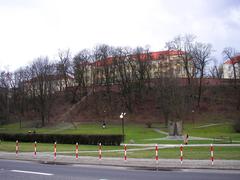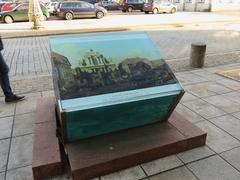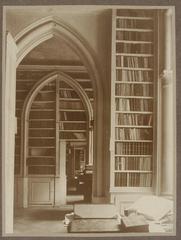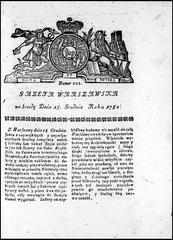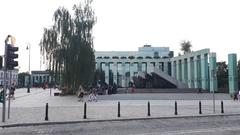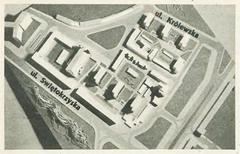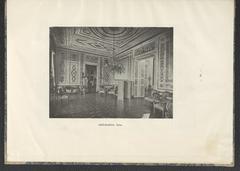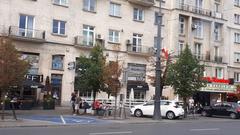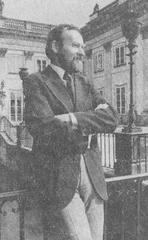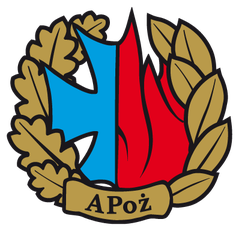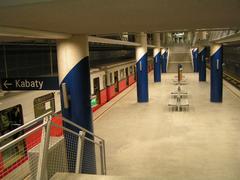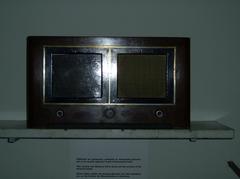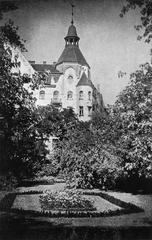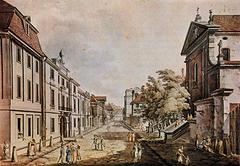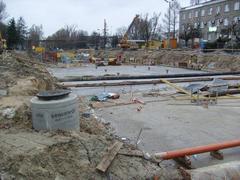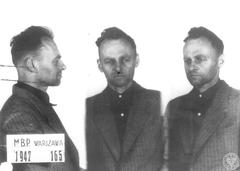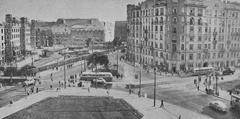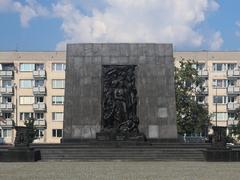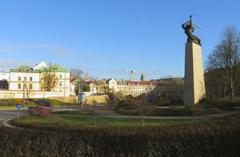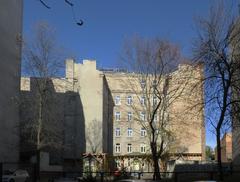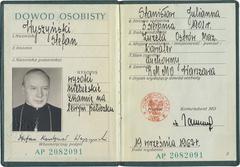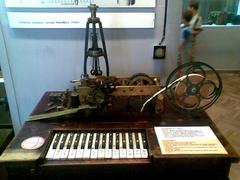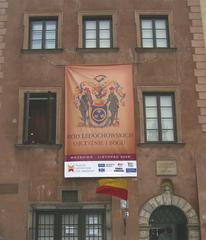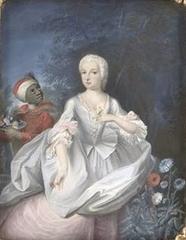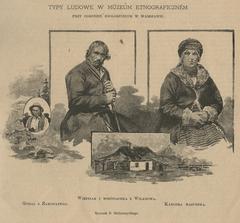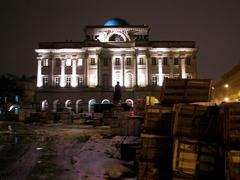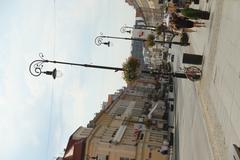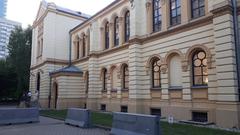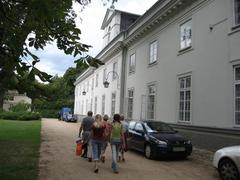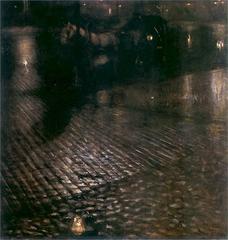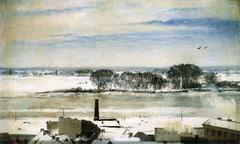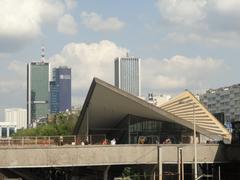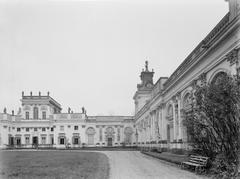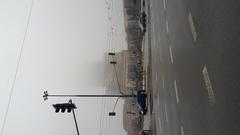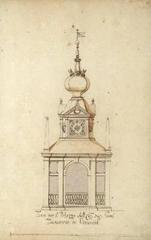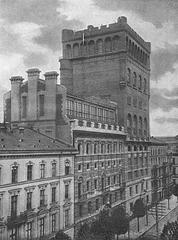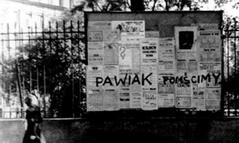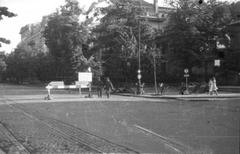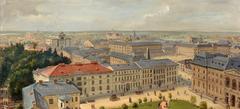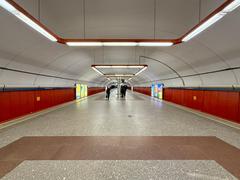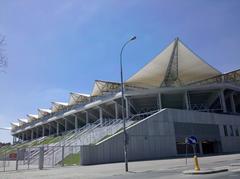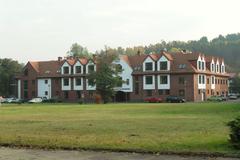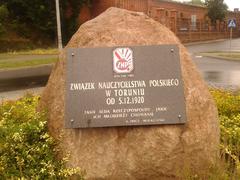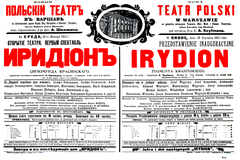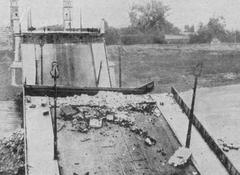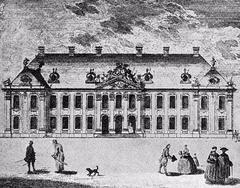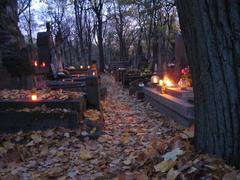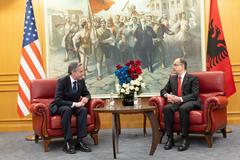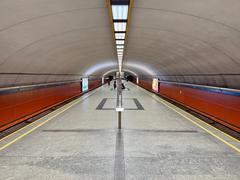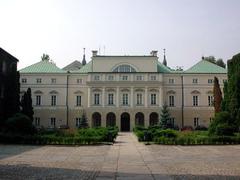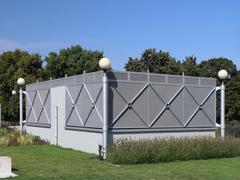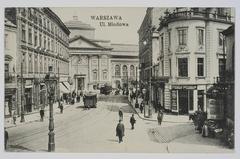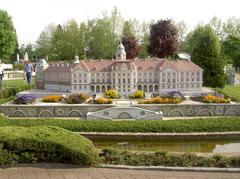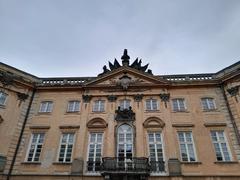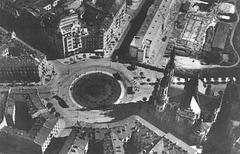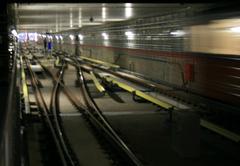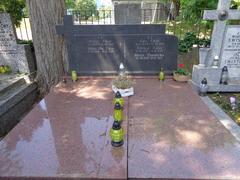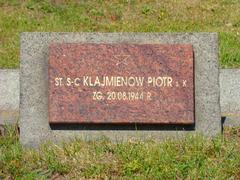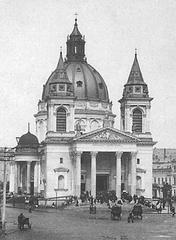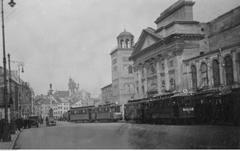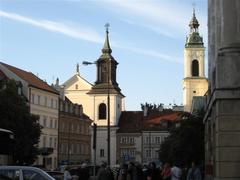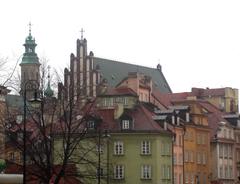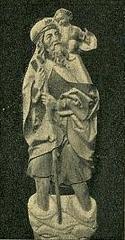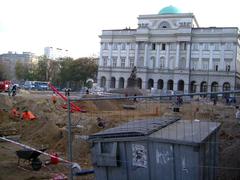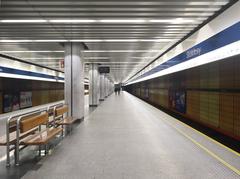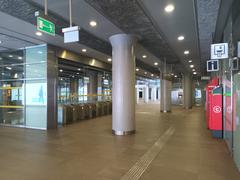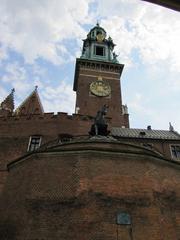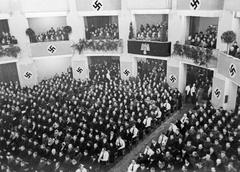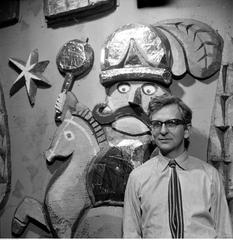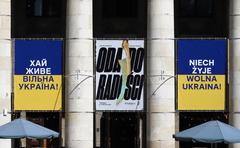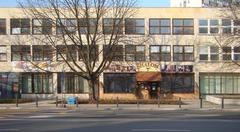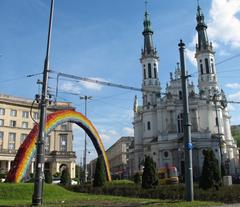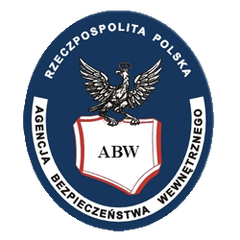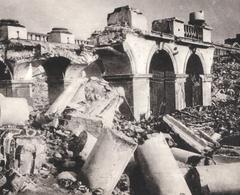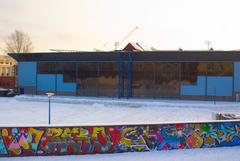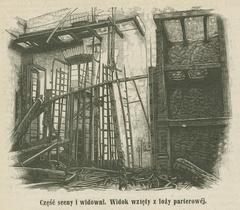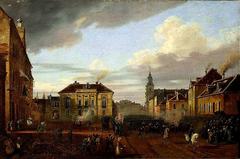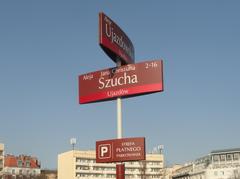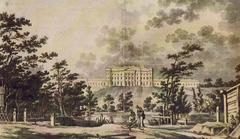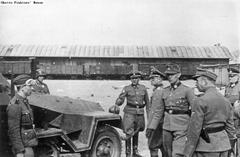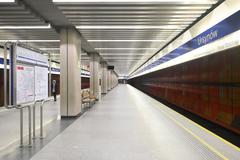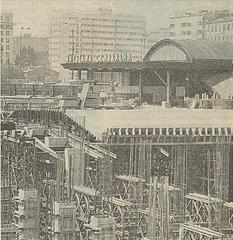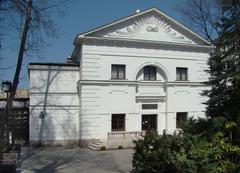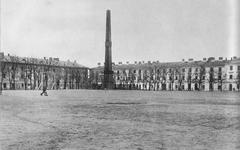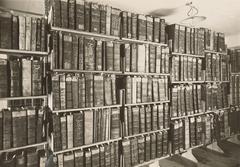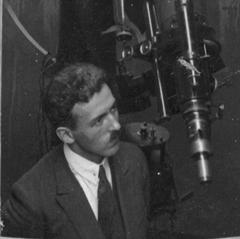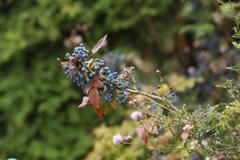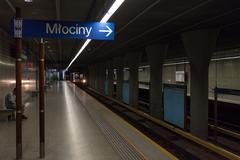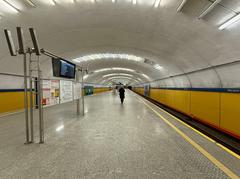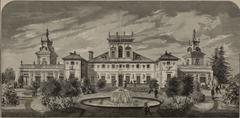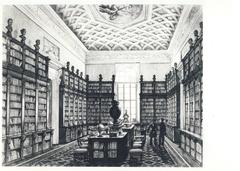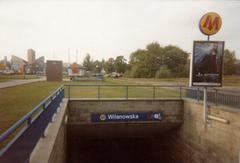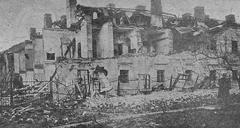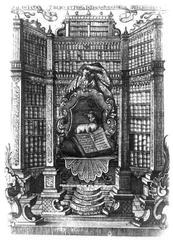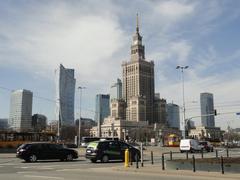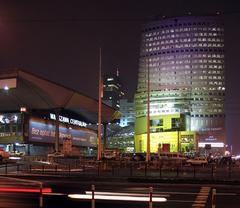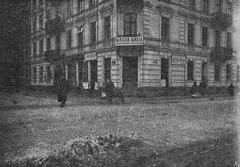
Visiting Centrum Nauki Kopernik: Hours, Tickets, and Tips
Date: 16/07/2024
Introduction
Centrum Nauki Kopernik, known in English as the Copernicus Science Centre, is a pivotal institution in Warsaw, Poland, dedicated to the promotion of science and education. Named after the renowned astronomer Nicolaus Copernicus, the center serves as a beacon of scientific curiosity and literacy, attracting millions of visitors since its inception. The idea for the center emerged in the early 2000s, motivated by a desire to boost scientific understanding among the Polish populace. The collaborative efforts of the City of Warsaw, the Ministry of Science and Higher Education, and the Ministry of National Education culminated in the center’s grand opening on November 5, 2010 (Centrum Nauki Kopernik).
Architecturally, the center is a marvel, designed by the RAr-2 Laboratorium Architektury studio. Its modern, sustainable design seamlessly integrates with the picturesque surroundings of the Vistula River. This architectural excellence not only enhances the visitor experience but also underscores the center’s commitment to innovation and environmental consciousness (ArchDaily). Since its opening, Centrum Nauki Kopernik has expanded its facilities, including the state-of-the-art Heavens of Copernicus planetarium, and introduced various interactive zones and exhibits aimed at engaging visitors of all ages (Science Centre World Summit).
Today, Centrum Nauki Kopernik stands as a testament to Warsaw’s dedication to scientific education and public engagement, making it a must-visit destination for anyone interested in exploring the wonders of science.
Table of Contents
History of Centrum Nauki Kopernik
Origins and Establishment
The idea for the Centrum Nauki Kopernik (Copernicus Science Centre) was conceived in the early 2000s, driven by a need to foster scientific curiosity and literacy among the Polish population. The project was initiated by the City of Warsaw, the Ministry of Science and Higher Education, and the Ministry of National Education. The construction of the center began in 2006, and it officially opened its doors to the public on November 5, 2010 (Centrum Nauki Kopernik).
Architectural Design and Construction
The architectural design of the Centrum Nauki Kopernik was the result of a competition won by the RAr-2 Laboratorium Architektury studio. The design reflects a modern and innovative approach, with a focus on sustainability and integration with the surrounding environment. The building is situated on the Vistula River, providing a scenic backdrop that enhances the visitor experience. The construction was completed in phases, with the main building opening in 2010 and additional facilities, such as the Heavens of Copernicus planetarium, opening in subsequent years (ArchDaily).
Naming and Dedication
The center is named after Nicolaus Copernicus, the renowned Polish astronomer who formulated the heliocentric model of the universe. This dedication underscores the center’s mission to inspire a new generation of scientists and thinkers. Copernicus’s legacy is celebrated throughout the center, with exhibits and programs that highlight his contributions to science and his impact on our understanding of the cosmos (Encyclopedia Britannica).
Development and Expansion
Since its opening, the Centrum Nauki Kopernik has undergone several expansions and upgrades to enhance its offerings and accommodate a growing number of visitors. In 2011, the Heavens of Copernicus planetarium was inaugurated, providing a state-of-the-art facility for astronomical education and entertainment. The planetarium features a 16-meter dome and advanced projection technology, allowing visitors to explore the universe in stunning detail (Centrum Nauki Kopernik).
In 2013, the center introduced the “Re-generation” zone, an area specifically designed for teenagers and young adults. This zone features interactive exhibits and workshops that encourage critical thinking and problem-solving skills. The addition of this zone reflects the center’s commitment to engaging a diverse audience and providing educational opportunities for all age groups (Science Centre World Summit).
Impact and Recognition
The Centrum Nauki Kopernik has had a significant impact on science education in Poland and beyond. Since its opening, the center has welcomed millions of visitors, including school groups, families, and tourists from around the world. The center’s interactive exhibits and hands-on approach to learning have been widely praised for making science accessible and engaging for people of all ages (Science Centre World Summit).
The center has also received numerous awards and accolades for its contributions to science education and public engagement. In 2011, it was awarded the European Museum of the Year Award Special Commendation, recognizing its innovative approach and excellence in museum practice. The center has also been a key player in international collaborations, hosting conferences and participating in global initiatives to promote science literacy and education (European Museum Forum).
Cultural and Educational Programs
In addition to its permanent exhibits, the Centrum Nauki Kopernik offers a wide range of cultural and educational programs. These include temporary exhibitions, science shows, workshops, and lectures by leading scientists and educators. The center also hosts the annual Science Picnic, one of the largest outdoor science events in Europe, attracting thousands of visitors each year. This event features interactive exhibits, live demonstrations, and activities that showcase the wonders of science in a fun and engaging way (Science Picnic).
The center’s educational programs are designed to complement the national curriculum and support teachers in delivering high-quality science education. These programs include teacher training workshops, educational resources, and school visits, all aimed at enhancing science teaching and learning in schools across Poland (Centrum Nauki Kopernik).
Visitor Information
Visiting Hours
Centrum Nauki Kopernik is open from 9:00 AM to 6:00 PM on weekdays, and from 10:00 AM to 7:00 PM on weekends. Please check their official website for any updates.
Ticket Prices
Tickets for Centrum Nauki Kopernik are priced at 25 PLN for adults, 18 PLN for students and seniors, and group rates are available upon request. Discounts are available for school groups and families.
Accessibility
The center is fully accessible to visitors with disabilities, including wheelchair access and assistive services (Centrum Nauki Kopernik).
Best Times to Visit
To avoid the crowds, it is best to visit the museum on weekdays, especially in the early morning or late afternoon. Weekends and school holidays tend to be busier.
Travel Tips and Nearby Attractions
The center is conveniently located in Warsaw and can be reached by public transport, including buses and trams. There are also parking facilities available for those driving. Nearby attractions include the Warsaw Uprising Museum, the Royal Castle, and the Old Town Market Square.
Future Prospects
Looking ahead, the Centrum Nauki Kopernik continues to innovate and expand its offerings to meet the evolving needs of its audience. Plans for future development include the creation of new exhibits, the expansion of educational programs, and the enhancement of digital resources to reach a wider audience. The center is also exploring opportunities for international collaboration and partnerships to further its mission of promoting science education and public engagement (Centrum Nauki Kopernik).
FAQ
What are the visiting hours for Centrum Nauki Kopernik?
Centrum Nauki Kopernik is open from 9:00 AM to 6:00 PM on weekdays, and from 10:00 AM to 7:00 PM on weekends. Please check their official website for any updates.
How much are the tickets for Centrum Nauki Kopernik?
Ticket prices start at 25 PLN for adults and 18 PLN for students and seniors. Discounts are available for school groups and families.
Is Centrum Nauki Kopernik accessible for visitors with disabilities?
Yes, the center is fully accessible, including wheelchair access and assistive services.
How do I get to the Copernicus Science Centre?
The center is accessible by public transport, including buses and trams, with parking facilities for those driving.
Are there nearby attractions?
Yes, nearby attractions include the Warsaw Uprising Museum, the Royal Castle, and the Old Town Market Square.
Conclusion
In summary, Centrum Nauki Kopernik is more than just a science museum; it is a dynamic hub for education, innovation, and public engagement. Since its opening in 2010, the center has played a crucial role in fostering a love for science among people of all ages. Its diverse range of exhibits, from the immersive Heavens of Copernicus planetarium to the hands-on experiments in its various laboratories, ensures that there is something for everyone to enjoy and learn from (Centrum Nauki Kopernik).
The center’s commitment to accessibility, inclusivity, and sustainability further enhances its appeal, making science accessible to a broader audience (Science Centre World Summit). As it continues to expand and innovate, the Copernicus Science Centre is set to remain a leading institution in the realm of science education, inspiring future generations of scientists and thinkers.
For anyone planning a visit to Warsaw, Centrum Nauki Kopernik should undoubtedly be on your itinerary. Whether you’re a science enthusiast, a family looking for an educational outing, or a curious traveler, this center promises an engaging and enlightening experience.
References
- Centrum Nauki Kopernik. (n.d.). Copernicus Science Centre. Retrieved from https://www.kopernik.org.pl
- ArchDaily. (n.d.). Centrum Nauki Kopernik / RAr-2 Laboratorium Architektury. Retrieved from https://www.archdaily.com
- Encyclopedia Britannica. (n.d.). Nicolaus Copernicus. Retrieved from https://www.britannica.com/biography/Nicolaus-Copernicus
- Science Centre World Summit. (2017). Retrieved from https://www.scws2017.org
- European Museum Forum. (n.d.). Retrieved from https://www.europeanmuseumforum.info
- Science Picnic. (n.d.). Retrieved from https://www.pikniknaukowy.pl



